|
Also available on Switch, PlayStation 4, and Windows Super Lucky's Tale is a game that I received as a Christmas gift from my mom this year, and as a big fan of platformers, I was eager to try it (I played this before starting Shadow of War which she also gave me this year for Christmas). I wasn't really too sure what to expect going in, and while I definitely enjoyed my time with Super Lucky's Tale, those relatively low expectations helped it. Super Lucky's Tale is a fairly short 3D platformer that can be beaten in a couple of sittings (or, like I did today, one roughly 10 hour sitting). You know that generic "low budget platformer" feel that a lot of these animal mascot platformers had in the early and mid 90s? Imagine that in 4K, and that's pretty much what Super Lucky's Tale is. It's a completely average but totally playable 3D platformer with an extremely forgettable anthropomorphic mascot. The best comparison I can think to make is that it feels like a low budget Banjo-Kazooie (I haven't played Yooka-Laylee yet, so I can't say which one feels more like that). The game is actually a sequel to Lucky's Tale, a game that was released exclusively for Oculus Rift, although I doubt anyone aside from Rift users have ever heard of it. As I said, it's a fairly short game - there are only four worlds each of which are divided into five levels plus a boss. Each world has four clovers to collect - one from collecting the five L-U-C-K-Y letters, one from collecting 300 coins, one from finding a secret area, and one just for completing the level. It's extraordinarily easy to get at least two of these - the one for 300 coins and the one for completing the level - and after the first world, I usually got three of the four clovers on my first run although it varied from level to level if the clover for the five letters or the one for the secret area was easier. To fully "complete" the game, you need to collect 99 clovers. Other than its general mediocrity, the game's biggest weaknesses are the camera and the control precision. The camera is generally okay, but there are certain levels and obstacles where it becomes counterproductive. Sometimes the camera keeps you from seeing where a platform is, sometimes it makes it difficult to gauge where on the Z axis a trap is, often it make it difficult to tell where on the Z axis an enemy is if you're trying to jump on it, and it's sometimes difficult to tell the difference between a platform and ancillary background decoration. It's not game breaking, but it's definitely not an infrequent a frustration. As for the controls, they're fine, but they're a far cry from the refined feel of Mario, Donkey Kong, or Banjo. Your jump feel unusually short for a platformer, and that's especially true of the double jump. Whether or not Lucky grabs onto a ledge seems completely random, and the mid-air movement strikes an awkward balance between "yes, you can move your character in mid-air" and "no, you're stuck where you are on the X axis" that leaves it feeling like you're swimming through jelly when you're in the air. All things considered, Super Lucky's Tale is a competent 3D platformer, but don't expect the likes of Super Mario 64 or Banjo Kazooie here. Hardcore fans of platformers will likely find its imprecise controls and fairly hand-off camera frustrating, but there's still some enjoyment to be had. The game's difficulty is pretty low up until the last boss, so it's a good fit for either a game to help unwind after a hard day at work or for younger kids. It's never going to be a "greatest hits" candidate, and it'll be completely forgotten in a year (although it seems to have been largely forgotten at launch), but if you can find it for $15 or $10, it's not bad if you need that collectathon platformer itch scratched. My Rating - CFinal Fantasy VII is one of my favorite RPGs, and that's the case for a lot of folks my age and bit older. It was a brilliantly told story with what was at the time cutting edge visuals and gameplay mechanics. Even today it is the most iconic entry in the MASSIVE Final Fantasy series. I mean, despite having never appeared on a Nintendo platform, the game's protagonist, Cloud, was a DLC character for the recent Super Smash Bros on 3DS and Wii U. So how does this prequel released ten years later hold up? In a bit of a departure from the hybrid real time/turn based Final Fantasy VII, Crisis Core is a straight action RPG with freedom to move about the field and all of the combat taking place at once. The game's protagonist this time is a SOLDIER named Zack (who looks a lot like Cloud with black hair), and the story revolves around his attempt to unravel a mystery about a surge in the number of mysterious monsters and SOLDIER members going missing. It takes place shortly before the events of Final Fantasy VII and ends right before the original begins, and Tifa, Cloud, Aerith, and Sephiroth all make appearances to one degree or another in the game, but the action is definitely all about Zack. The game's visuals are probably the highlight as they're extremely impressive for the PSP, and the cut scenes are probably the best looking of any game on the system. Unfortunately the music doesn't quite hold up to the original (although there is an interesting arrangement of One Winged Angel), and the voice acting feels stiff and amateur. Whether it's because of that sub-par voice acting or bad writing, I can't say, but at no point was I really engaged by the story. It didn't straight up repel me or anything, but I never got sucked in, and that's a big strike against an RPG in my book. From what I've read, there were more scenes to the game that expand on Zack's and Cloud's friendship (which was the most interesting component of the story in my opinion) that had to be removed due to the limitations of the UMD format, and I think those missing scenes could have added some real depth to the story and the character dynamics. The character development throughout the game - especially Zack and, to a lesser extent, Sephiroth - are definitely the highlights of the game's narrative. A lot of RPGs have a hard time developing characters in a way that is gradual enough to feel real without keeping them too static, I've noticed, and to Crisis Core's credit, it manages to strike a pretty good balance for the most part. All things considered, Crisis Core - Final Fantasy VII is a competent action RPG for Sony's first handheld console, but it's not a great Final Fantasy game. Hardcore fans of Final Fantasy VII will want to give it a playthrough at the very least to get more of the world's story and lore, but for more casual fans of the game or relative newcomers to Final Fantasy, this is a definite "maybe" game. If you see it cheap or know a friend who has it and will let you borrow it to play it, then sure, do that, but don't go out of your way. My Rating - BCastlevania for Nintendo 64 (I don't care what Konami officially named it; it's Castlevania 64) is a game that I convinced Colin to order when he was drunk. Colin didn't have a Nintendo 64, however - a fact he realized once he'd sobered up. In a massive cargo container full of other games and Gundam DVDs and such, he decided to give the game (which was complete in box, I might add) to me. Naturally, since I kind of convinced him to buy it in the first place, I had to play it. This is the first 3D Castlevania game, and while it's competent enough for a first venture into 3D, it hasn't aged particularly well. The visuals are okay but a bit muddied even by N64 standards, and the controls aren't exactly precise. It's all perfectly playable, but it's apparent that it was a relatively early effort on the system. The prequel, Legacy of the Darkness, that was released later, takes advantage of the RAM to use higher resolution textures, which I imagine would make a big difference in terms of how well the game has aged. In terms of genre, it's what you'd expect from Castlevania - an adventure platformer but in 3D. The game features two characters, and I played as Reinhardt Schneider, a descendant of the Belmont Clan and heir to the Vampire Killer whip. Needless to say, his quest is to defeat Dracula and fulfill his family's destiny for the next 100 years. Little known fact - Raccoon City was actually in Transylvania, and before the Umbrella Corporation acquired the mansion, it served as Dracula's castle. Like legit, the Villa level looks so much like the mansion in the original Resident Evil that there's no way it was just a coincidence. I liked that, though, because Resident Evil had one of the greatest settings in survival horror history. Over the course of your quest, you find that Dracula has quite the troupe of vampires in his castle, and you'll have to deal with them quickly or else suffer vampirism which will kill you after a few minutes. It's a cool albeit at times frustrating feature. The music is fairly mediocre - nothing bad but nothing impressive - but the voice acting, while sparse, is pretty impressive for the Nintendo 64 where it is featured. A cartridge with far more limited capacity than its CD counterparts isn't exactly known for featuring robust voice acting, but there actually were a couple of bits of voice acting, and it was pretty impressive. The general sound effects were also well done, giving the game a distinctly creepy but not "horror" atmosphere; you could definitely tell that you were in a place not meant for humans, but it didn't go so far as to give the legitimately scary vibe of Resident Evil, and I think that's an important tone balance to strike for Castlevania. The most frustrating part of Castlevania 64 isn't the difficulty but WHY it's difficult. It's not difficult for the same reasons as Super Castlevania IV, for example - that game was hard because it required a lot of memorization and careful jumps. This game, on the other hand, is difficult because of imperfect controls and questionable design choices. Some of the platforming segments require almost pixel perfect precision in a game with imprecise controls and a low resolution making that kind of precision extremely difficult. There are also a couple of segments that just seem overly convoluted to me - get from one end of a stage all the way to the other while carrying a chemical that will explode and instantly kill you if you jump or take a single hit anywhere along the way with several sections that require extreme precision while avoiding enemy attacks along the way. There are climbing parts where you have to jump and climb various ledges with instant death water below, but it's sometimes rather hit or miss whether or not Reinhardt actually grabs the ledge or just plummets. I know that Castlevania games have a legacy for being difficult, but this seemed less like good design challenge and more iffy design. Overall, I did enjoy Castlevania 64, but it was definitely more frustrating than I think it needed to be and for the wrong reasons. The visuals are about par for an early N64 game going for a realistic art style, but the controls really left a lot to be desired. I'd be interesting in playing Legacy of Darkness to see where Konami improved from this first attempt, but there was definitely some room for improvement here. Given that, from my understanding, Legacy of Darkness includes this original with the improvements, I'd recommend folks skip this one (unless you find it dirt cheap) and go straight for that. My Rating - CAlso available on PlayStation Vita and Xbox One You know how most series have "that game"? The one game that breaks form, tries something new with mixed results, and is generally not well regarded? This is the Valkyria Chronicles' series "that game." Taking place in a separate Europa from the main series' universe, Valkyria Revolution sheds its predecessors' hybrid-but-leaning-turn-based combat for hybrid-but-leaning-real-time combat, and while it's good for a series to try to keep itself fresh, this was perhaps not the best way for Sega to go about doing that. One thing that Sega did do well and for which I must commend them is making the game distinctly different but still feel like its predecessors. The combat, for example, felt a lot like Valkyria Chronicles except that instead of having a certain distance you can move before you have to end your turn, you move in real time; the only "turn" aspect is an action timer for your attacks. The action takes place, for all intents and purposes, in real time, but it still felt very much like the core series. The visual style also felt very similar. It looked a little less watercolor than Valkyria Chronicles, but the interesting use of visual filters made the whole game feel like a painting in a history book, a feeling that long-time Valkyria fans will recognize right away. The game's story is a mixed bag. The basic premise is that you're a soldiers from Jutland, a small kingdom that's been under the thumb of the massive Ruzi Empire and suffering from an economic embargo orchestrated by Ruz for the past year. Jutland breaks its less-than-voluntary alliance with Ruz with a surprise attack on the formerly Jutish (now Ruzi) territory of Molda, starting the "Liberation War." In some regards, it's not totally dissimilar from Valkyria Chronicles - you play as a soldier from a small underdog nation that's going up against a massive empire. This game's problem isn't with the story, however, but with the story telling. The narrative is told in the form of a frame story, and while that works quite well, the pacing is slow and, at times, sluggish. The main story battles always seem to end predictably - you fight a big boss, beat the big boss, and then Amleth has a personal crisis at the most inconvenient possible time because plot devices and allows the big boss to escape. It's a shame, too, because the game's story is rooted in political intrigue and manipulation - it's got a distinct House of Cards feel in some ways. The game's visuals are nice and very artistically done, but they're not impressive, per se. The somewhat blurred artstyle can take away from texture detail at medium distances, and it can make distant objects look much lower resolution than they are. Of course, those are part of that deliberate art style, but I personally think the game could have benefited from a little more sharpness. The biggest visual problem is with the animations in cut scenes. Faces are stiff with mouths that don't even come close to matching up with the words - legit 1950s Godzilla movie tier - and when characters walk off screen during a scene, they'll turn a full second before they start walking. The extraordinarily unnatural movements in cut scenes deals a hefty blow to my immersion. The sound design here is hit or miss. The soundtrack is great, but the voice acting and sound effects are very 50/50. Some of the voice acting is good - the voice actresses for Uni and Blanc from my beloved Hyperdimension Neptunia series lend their talents here - but some of it is stiff and just awful. The enemy AI's lines also get extremely annoying because they'll get stuck; you'll have an enemy who says "I'm attacking!" over and over again without end until you attack them. Generally, though, outside of the most prominent characters, the voice acting is utterly forgettable. Despite the issues with pacing, and despite the lackluster voice acting, and despite my personal nit picks with the visual art choices, the game's biggest flaw is without a doubt the bugs. There aren't many that I found, and the ones that I did find were all isolated to the Finale chapter, but that chapters was relentlessly frustrating with the bugs I encountered. The first issue that I encountered was that my weapons would randomly not work; about 85% or 90% of the time, if I had a character use his or her gun or throw a grenade, nothing would happen. No sound effect, no visual effect, no damage. The attack wasn't blocked; it just didn't exist. That continued in all three battles of the Finale as well as the boss battles. Even my magic attacks wouldn't work for anyone except Amleth meaning that I had to just smack giant tanks with my sword until they exploded from the sheer force of my stubbornness. Then there's a bug that I encountered my first attempt that the Finale that, if you run into it, makes it literally impossible to kill the second to last boss. He just won't take that last point of damage. THEN when I finally made it to the final boss, there are orbs indicating which magic types its weak against. Guess what didn't spawn and, I assume, therefore didn't trigger the magic weakness? Yep. Those orbs. So all of my attacks were doing 1 HP of damage, and the boss had like 250,000 HP. Needless to say, I died. Granted, close and relaunching the application fixed most of these (except that bug with the second to last boss), but the fact that they appeared at all was supremely vexing. Valkyria Revolution is, all things considered, an alright game. It's definitely going to resonate better with newcomers to the series, I think, than veterans and longtime fans, but it's worth playing if you find it on sale. I would not, however, pay any more than $20 for it. It's not a great game, but it's definitely not bad. I was disappointed in it, but I think this is less a case of a sub-par game and more that it just didn't live up to the standards set by the series that preceded it. For newcomers to the the Valkyria Chronicles series, give it a play; you'll probably enjoy it. For series veterans, unless you're like me and have to play every release no matter what reviewers say, I'd suggest just going online and watching the cut scenes to get the narrative; they're so lengthy as it is that I jokingly started calling the game Valkyria Gear Solid, so there's a good bit of story to be had. My Rating - CHave you ever been a BIG fan of the series and eagerly awaited the series' debut on one of your favorite systems only to find that they've totally butchered the game and not even stuck to the original genre? Yeah, I feel for Castlevania Judgement and amplified version of the disappointment I felt for Soul Calibur Legends years and years ago. Konami tried to bring Castlevania to the Wii, but they did a...pretty lackluster job of it, all things considered. They made it a fighting game, and it isn't even a particularly good version. The basic premise of the game is that some rival of Dracula's from a bajillion years in the future ripped space-time to destroy him and some dude cosplaying as The Doctor decides to chill in the time rift created to find strong folks who stop the evil rival dude's plan. Thirteen characters from the Castlevania series are summoned to some forest or whatever to fight each other in trials to determine who's strong enough to beat the bad guy. To get the "true" ending, you end up having to play through the ten stage "story" mode fifteen times - once as each of the 13 Castlevania characters, then once again as any one of the 13 Castlevania characters, and then once as the character original to Judgement. It usually starts to feel boring after around stage 4. The game's visuals are okay. In general, the character models and environments look pretty good. The problem is the with the character animations, specifically the facial animations. During cut scenes, the faces are COMPLETELY static except for the mouths. The eyes don't move, the cheeks don't move, the eyebrows don't move. The lips are the only things that move. Once in a blue moon, a character might blink, but that's it. It looks SUPER unnatural. The dialogue is extraordinarily boring, though, so I usually just skipped the cut scenes anyway. The character models also look extremely out of place; they look like anime characters, not Castlevania characters. Dracula is the only character whom I though looked REMOTELY like he's supposed to. The actual gameplay is the epitome of mediocrity. It's a 3D fighter, but it's not a particularly well made one. It's easier to miss attacks outright than any other 3D fighter I've played, and while all of the characters are fairly unique in terms of their weapons and attacks, most of them feel rather...generic. Their special attacks are the only things that feel remotely special about most of the characters. Dracula and Golem are basically the only characters that felt at all special or unique to me. It's not that the gameplay is bad, per se, but it's just an early 2000s 3D version of the me-too fighters of the mid 90s. Castlevania Judgement is one of the most mediocre 3D fighters that I've ever played. It's not bad, but it's definitely not good. Normally when games fall into that category, I say that only hardcore fans of the series should bother. Castlevania Judgement is the opposite; fans of the Castlevania are the ones most likely to be disappointed with this game. If you just want a random fighting game to kill some time with, then sure, snag a copy of this, but you're better off with pretty much anything else in the genre. My Rating - CGather 'round, children, and listen to my harrowing tale of trial, tribulation, and Judgement. Long ago in a living room far, far away... Mr. Deck walked through a dark forest with naught but the light of the moon to illuminate his path. His purpose was clear - to provide a convenient plot setting from which the rest of the story can stem. As he wandered through the forest, he came to a small clearing devoid of any life or landmarks save for a single lone man with an unkempt beard and a Mega Man t-shirt. "Ah, right on time. Welcome to the time rift," the man said, "where all of your desires await you. First, however, you must pass a series of trials." "Trials?" Mr. Deck asked. "I spend all day teaching teenagers and trying to live off a North Carolina salary. Isn't that trial enough?" Looking shocked and horrified, the mysterious man responded "Oh god, how do you even manage? Yeah, that's definitely a trial, for sure...Unfortunately, the script says that I have to make you undergo these trials, so you don't really have a choice. I'm pretty sure a mob of max level Black Phantoms appear and eviscerate you if you refuse to do the trials. The best I can do it cut it from ten trials to three trials." "Huh. Well, I'm used to being forced to do ridiculously stupid things with some nebulous promise of benefit that will likely never materialize. I suppose I'll take what I can get. Let's do this, I guess," Mr. Deck answered, used to be the butt of all of life's jokes. "Excellent! Let us begin the first trial. My name is Colin, and despite my mysterious and foreboding attitude, I'm really just a pushover tutorial opponent who's coercing you into this ridiculous to-do." From there, the fight progressed as one would expect of a tutorial boss - over in 10 seconds with a flawless victory for Mr. Deck. Striking a hip and masculine victory pose, Mr. Deck shouted "My victory one-liner is cool and moderately arrogant!" Strolling aimlessly into a posh and elegant castle - breaking and entering isn't a crime in the time rift, you see - Mr. Deck saw a man wearing armor made of solid gold standing before him. "Who are you, commoner?" the man asked. "I am Mr. Deck, teacher of history, hoarder of video games, and maker of reckless and irresponsible financial decisions!" Mr. Deck said proudly, hands on his hips in what he swears is a heroic pose. "And who might you be, gentlemen whom I suspect is infuriatingly fond of capitalism?" Adjusting his glasses, the gilded man replied, "I am Mr. Popo, DDR champion of the multiverse and real life Scrooge McDuck." When Mr. Deck gave him a doubting look, Mr. Popo added, "No, seriously, I have a big ass swimming pool filled to the brim with money." "Oh," Mr. Deck said, not quite sure what to make of such wealth. "Okay, well, I guess I'll be going then. Later!" "STOP!" Mr. Popo shouted as Mr. Deck turned to leave. "I would be doing myself a disservice if I allowed someone such as you to leave here alive. I can smell the stench of public education and universal health care all over you, socialist scum." Pulling two handfuls of gold coins held like shuriken, Mr. Popo took a fighting stance and shouted "FOR THE FREE MARKET!" as he charged towards Mr. Deck. Mr. Deck drew his weapons of choice - a sickle in his right hand and a hammer in his left - and charged to meet Mr. Popo, shouting "FOR THE WORKERS!" Between the weaponize wealth and shouted manifestos being exchanged, the castle was turned into an all out ideological brawl. As his sickle deflected coins and his hammer dented gold armor, Mr. Deck saw his opportunity. Gathering energy from the depths of his soul, Mr. Deck took a grounded stance and channeled his power. "Marxism, third form - Democratic Socialism!" he shouted. "Go, Populist Champion!" A portal appeared, and from the singularity charged an elderly Jewish man with wisps of hair point every direction. "NO AMERICAN WORKING 40 HOURS PER WEEK SHOULD LIVE IN POVERTY!" the massive familiar cried with a distinct Vermont accent. "HEALTH CARE IS A RIGHT, NOT A PRIVILEGE!" As the familiar continued to bludgeon Mr. Popo with tuition waivers and extremely affordable hospital bills, the golden armor began to chip and crack. "No!" Mr. Popo shouted. "I can't withstand the wave of populism much longer!" With one final roundhouse kick from shoes made by decently paid workers in an environmentally friendly factory, Mr. Popo went flying through the wall and lay in a crumpled heap in the next room. "Thanks, Bernie!" Mr. Deck said as he caught his breath. "Those tax cuts for the rich almost crushed me." "Any time, especially for a hardworking public servant." As Senator Sanders opened another singularity to return to his tireless quest to stop higher education from being a debt sentence and prevent the destruction of the planet, he turned to Mr. Deck once more and said, "Remember, one in four corporations don't pay any taxes." With that, he disappeared back into the ether to help someone else being abused by vulture capitalism. Mr. Deck eventually found himself walking through what appeared to be a massive refrigerated storeroom in an industrial slaughterhouse. All around him hung a variety skinned animals waiting to be turned into ground meat, sausage, and bologna. Cows, pigs, rabbits, emu, dogs, and manatees - it seemed every direction held a different species ready to be prepared for human consumption. "What is this place?" Mr. Deck asked himself as he wandered around the room. "It looks like some kind of meat factory, but with all the different kinds of animals here - most of which are endangered - it's got to be a serious bogus meat factory." As if on cue, a bipedal monitor lizard seductively slid down a conveniently placed pole on the far end of the room. "Did someone call for me?" the lizard person said with a goofy grin. Sensing that he would need a more agile weapon than his sickle and hammer, Mr. Deck unsheathed his ultimate armament - a massive red pen (after all, the pen is mightier than the sword) and a shield styled like a gradebook. "Who are you? Is this your bogus meat factory?" "That's my name, don't wear it out!" the lizard said with jovial laughter. "...wait, what? What's your name?" Mr. Deck said, his confusion growing by the second. "Bogus Meat Factory! Duh! And yes, this is my distinctly questionable provender preparation center!" As if flipping a switch, the lizard fell into a battle stance with his claws bared and his eyes narrowed, staring into the depths of Mr. Deck's soul. "One question for you. Think carefully, though - your answer may cost you your life." Mr. Deck tensed at that threat, his grip on his pen and shield tightening and a bead of sweat running down his brow. "What," Bogus Meat Factory began slowly, "is the best game in the Dreamcast's library?" Mr. Deck relaxed and breathed a sigh of relief. "Oh, that's easy! Shenmue obviously." Bogus Meat Factory's eyes lit up, the goofy grin returning to his reptilian face. "Correct! Congratulations, you passed my trial! You're free to go!" "Wait, that's it?" Mr. Deck asked. "No fight or horde of enemies trying to eat me?" "Well, I was going to eat you," Bogus Meat Factory said nonchalantly, "but that was only if you got that question wrong. I would have accepted Shenmue II as well, but since I didn't specify which region and North America, sadly, never got Shenmue II on Dreamcast, either answer works. Have a nice day!" With that, the bizarre lizard man slid back up his pole as if pressing a rewind button in complete defiance of gravity. "Huh. Look at that." Mr. Deck found himself back in the clearing from before where he first met Colin. "Welcome back. I see you've cleared all three of your trials," Colin said, not bothering to look up from his Nintendo Switch. "I guess that means I have to grant your one true desire. Well, what do you want?"
Mr. Deck silently walked over to Colin, grabbed the Switch from his hands, and punched him in the face. "What the hell is wrong with you? What was the purpose of coercing me into completing those trials? That was a COMPLETE waste of my time!" he shouted. "Woah, hold on there! It'll be worth it, I swear! I know what you REALLY want. I can read your thoughts, you know. What you REALLY desire is an ass ton of anime about giant robots, am I right?" Mr. Deck stared daggers at him for a moment before sighing and saying, "Yeah, that actually sounds pretty dope..." "Your wish is my command!" Colin said. Before him appeared a veritable cargo container filled to the brim with anime, games, and models of giant robots as well as a handful of other miscellaneous things. "There you go! Now quit hitting me; I'm drunk, so while it might not hurt now, I'll probably wake up with a black eye AND a hangover as it is." With his quest complete and his life now enriched with giant robots, Mr. Deck set off on his way home to continue on with his miserable life now made just a little less miserable. Xenoblade Chronicles 2 is the most recent of MonolithSoft's three MASSIVE RPGs exclusive to Nintendo's platforms and the seventh game in the Xeno series (eighth if you include Xenosaga Freaks). I've not played the Xenosaga games, and I don't even own Xenogears, but I've played Xenoblade Chronicles and Xenoblade Chronicles X, and my playthrough of XC2 (coming in right at 120 hours) was probably twice as long as my playthrough of XC (roughly 60 hours) and I'd guesstimate about 30% longer than my playthrough of XCX (somewhere between 90 and 100 hours). Needless to say, this game will keep you busy for a good while especially if you play it like a normal person instead of like an obsessive lunatic like me. The game play is pretty much exactly like Xenoblade Chronicles and Xenoblade Chronicles X - your standard attack is done automatically and charges your combat skills (or arts). The tweak to the formula here is your Blade - essentially a living weapon tied to you - that determines what your arts are, the element of your arts, and your special attacks that the use of your arts charge. The combat is based on timers, not turns I'm still repping Team Not-Turn-Based from the Great Racketboy Turn War of 2017), but the fighting will get so in-depth between the different recharge times of arts, swapping out Blades to take advantage of an enemy elemental weakness or line up a Blade combo, and reviving fallen allies that it will often feel like a truly fluid real time battle. The sound design is a bit of a mixed bag. I'd give the audio a 4 out of 5. On the one hand, the soundtrack is absolutely stellar. It's a definite improvement over the...interesting...musical choices of Xenoblade Chronicles X (which I, personally, loved, but it could definitely feel a little out of place). On the other hand, the voice acting is totally hit or miss. Some characters' voice actors do a fantastic job, some are just god awful, and some can't seem to decide if they're great or terrible. One cringe-inducing trait that I noticed repeatedly was group exclamations. When, for example, the team is falling from a ship or a cliff or whatever in a cut scene, the characters will sound completely amateur. Like, imagine telling a drama class full of bored high school students who didn't want to take that damn class to pretend you're falling off a cliff. "Ahhhh....." Fortunately, however, I found the voice acting to be pretty competent probably 95% of the time. Let's take a minute for the narrative. That is, after all, the most important aspect of an RPG as far as I'm concerned. The narrative here is...okay. The characters are great - especially Pyra and Nia - but the actual story itself? It's just okay. The basic premise is that you get hired by some sketchy guys to go salvage some stuff from some derelict ship. You find some super Blade who wants to go to Valhalla or Sto'vo'kor or some shit, but there some bad dudes (not bad enough dudes to rescue the president, though) and they want to do bad guy stuff or whatever. Honestly the best part of the story is just that it serves as a backdrop for interactions between the characters. The story isn't bad, but it never feels particularly original. There are a couple of nods to the first Xenoblade Chronicles, but it's done like Bioshock Infinite's nod to Bioshock - subtly in a way that it won't feel out of place for those who haven't played the first game but that will definitely be noticed by those who have. The game's biggest issue is performance. The game is perfectly playable, but there are some pretty serious performance issues nonetheless. The frame rate targets 30, but it usually stays around 25 or so. Unfortunately, it's not uncommon for that to drop to 20 or even 15 frames per second. That's not the worst of the performance issues, however, although some may disagree with me on that. Far worse in my opinion is the texture pop-in. You'll get past a loading screen, and the whole world is covered in smooth, flat colors. Ten or fifteen seconds later, the actual world texture will abruptly pop in. This happens after pretty much every loading screen. I'd much rather the loading screens last another five or ten seconds and have the world actually exist when the loading screens is over. None of those performance issues ruin the game, per se, but they do break the immersion pretty badly at times. The visuals are an interesting story. Obviously the game's resolution is higher when docked and outputting to a television - that's true of most games - but despite the lower resolution, most games tend to look better in my opinion playing handheld due to the smaller screen size (a 6" 720p screen vs a 65" 2160p screen). Xenoblade Chronicles 2 was the opposite. You could tell that it rendered a little below 720p with some further drops during particularly heavy scenes, but it looked pretty good overall. Playing handheld, however, the game looks like straight rubbish. It's not at all uncommon during fights for the resolution to drop to 360p or even 240p. At no point playing docked did I ever think to myself "This game doesn't look good." On the contrary, I found myself thinking about how good the game looked on a few different occasions. While there were certain times that the game looked okay in handheld, but I repeatedly found myself thinking "Dear god, this looks like a Wii game." I loved the Wii, but this the successor of the Wii's successor. Xenoblade Chronicles 2 is, all things considered, an extremely competent entry in the Xeno series, and it's the RPG that Switch fans have been craving for nine months. In my personal ranking of the three Xenoblade Chronicles games, I'd place it ahead of Xenoblade Chronicles but behind Xenoblade Chronicles X. That's not the most popular opinion, I know - I'm one of the few who really LOVED Xenoblade Chronicles X - and there are aspects of the game, such as story and performance, where both of its predecessors surpassed it, but in terms of overall enjoyment, I'd place it right in the middle. It's a definite must-own for Switch players. My Rating - AI LOVE the Sega Dreamcast. It's one of my favorite consoles. It's got a brilliant design, supremely comfortable controller, support for VGA output, and the underdog sales performance to which I'm so attracted. In the past couple months, thanks to Colin, I've also grown to love Gundam. I'm still dipping my toes into the franchise - I've only seen the old movie trilogy about the One Year War - but I'm hooked, man. So when I saw that Gundam Side Story 0079: Rise from the Ashes was on the Dreamcast? Oh, yes please! Folks had told me that Rise from the Ashes was a game perfectly tailored to the Dreamcast controller, so I was eager to try it. So many games make poor use of the Dreamcast's controller, so I was curious to see this supposedly specifically tailored utilization. The game, at its core, is a mobile suit simulation action game where you pilot a mobile suit from a first person perspective in the cockpit. At first, the controls felt extremely awkward - you use the D pad to move and the control stick to turn the mobile suit's head - but after a couple missions when I started to get a feel for it, it really does work perfectly with the Dreamcast's controller. The head movement never quit feeling a bit awkward for me, but I also didn't really use that function outside of the scoped zoom (with which you can only move the mobile suit's head, not the suit itself). The game, despite the controls specifically designed for the Dreamast's controller, does feel rather sluggish in a lot of ways. You can dash in a certain direction by double tapping the D pad, but you can't shoot while dashing, and when not dashing, movement feels pretty slow. Given that you're piloting a gigantic robot, though, that makes a certain amount of sense (although the agility with which Amuro pilots Gundam makes me with for that kind of speed in the game). The game's story is okay, but it's not nearly as exciting or interesting as the actual anime. You play as White Dingo, a Federation mobile suit squad fighting Zeon in Australia. The characters are likable enough, but they're not particularly memorable in my opinion. You foil some Zeon plot and drive them from Australia with a few little hints here and there to the amazing exploits of Amuro and the White Base crew dropped on occasion in incidental dialogue. The game looks and plays fantastic. The models for the actual people look really rough and rudimentary, but you don't see actual humans particularly often, and the mobile suit models and animations look fantastic. For a game from 1999, it really looks superb. The audio isn't much to write home about - the music is so-so, and the voice acting is pretty sub-par - but in additional to the visuals, the game has some rock solid gameplay to help balance that out. It's got a very arcade feel all the way down to the "Continue?" screen with the 10 second countdown when you get a game over. It's also a pretty short game - while this excludes cutscenes, retries, and loading times, my recorded game time to complete the nine levels was about an hour and fifteen minutes, and even with retries and cut scenes and such, I'd say it probably took me no more than three or four hours, making it the perfect length game for random replays when the mood strikes. Gundam Side Story 0079: Rise from the Ashes is not a game with a great narrative or cast of voice actors (although there are a couple of exceptions to that), but it is a game is great visuals and truly exceptional simulation gameplay. This is about as close as I've seen to the feel of actually piloting a mobile suit short of the Xbox's gigantic Steel Battalion controller. The controls will feel awkward and alien at first, but once you put in enough time to figure them out, they feel fantastic, my only complaint being the somewhat awkward use of the control stick to move just the mobile suit's head. If you have a Dreamcast, this is a game worth owning, and if you're a Gundam fan, this is a game you MUST own. My Rating - B |
I'm a teacher.And I like to play video games. I like to collect video games. I like to talk about video games, and I like to write about video games. During the day, I teach high school history; during the night, I spend my spare time gaming. Then I write about it. Archives
April 2024
|

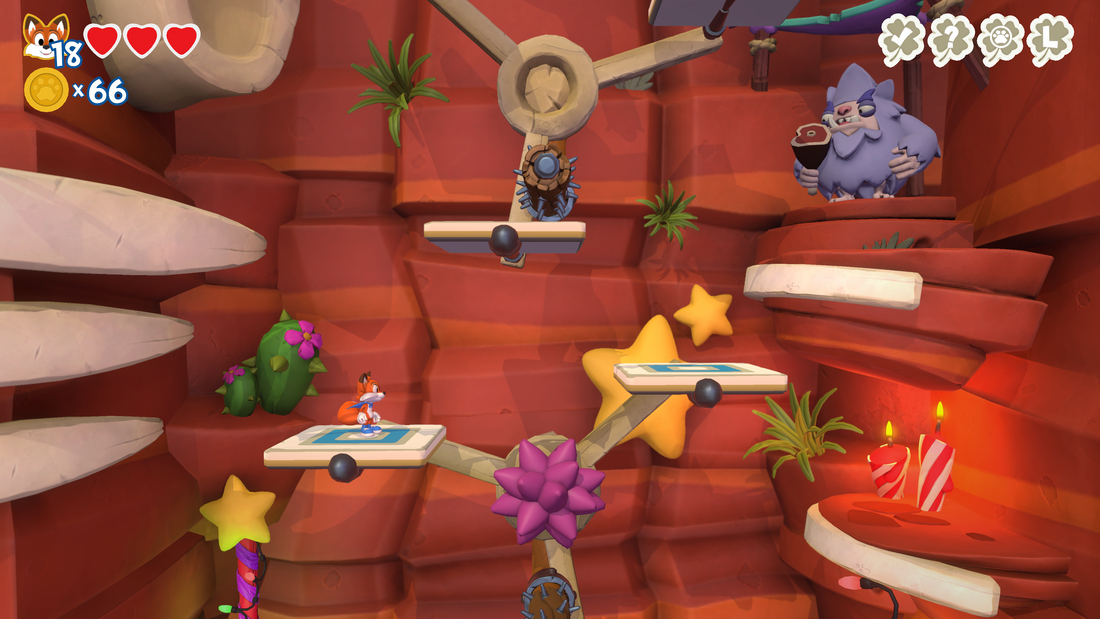
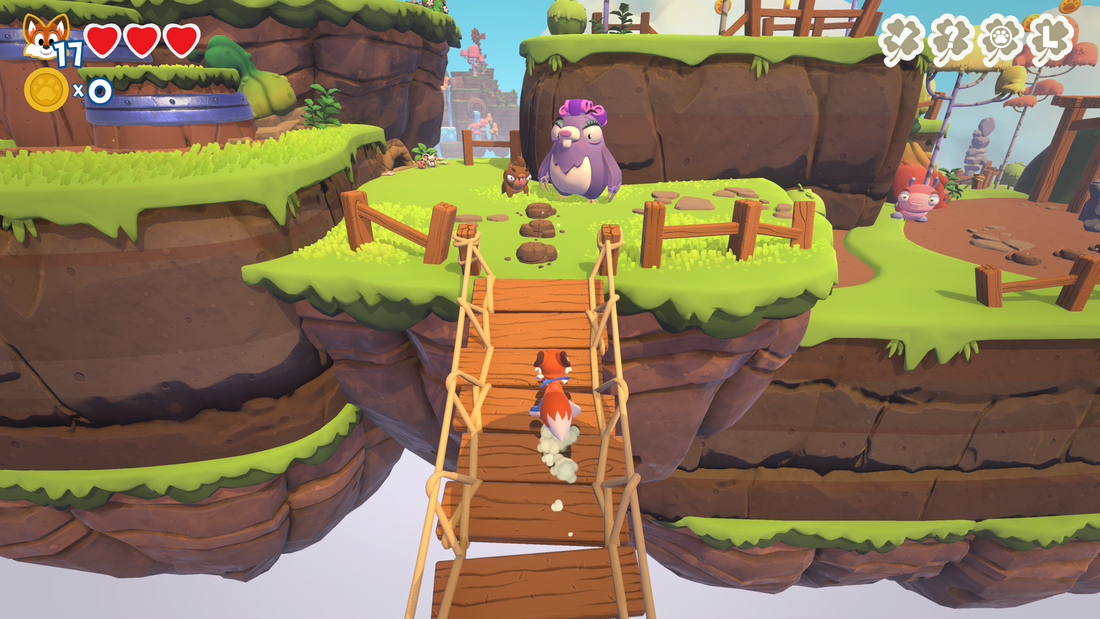
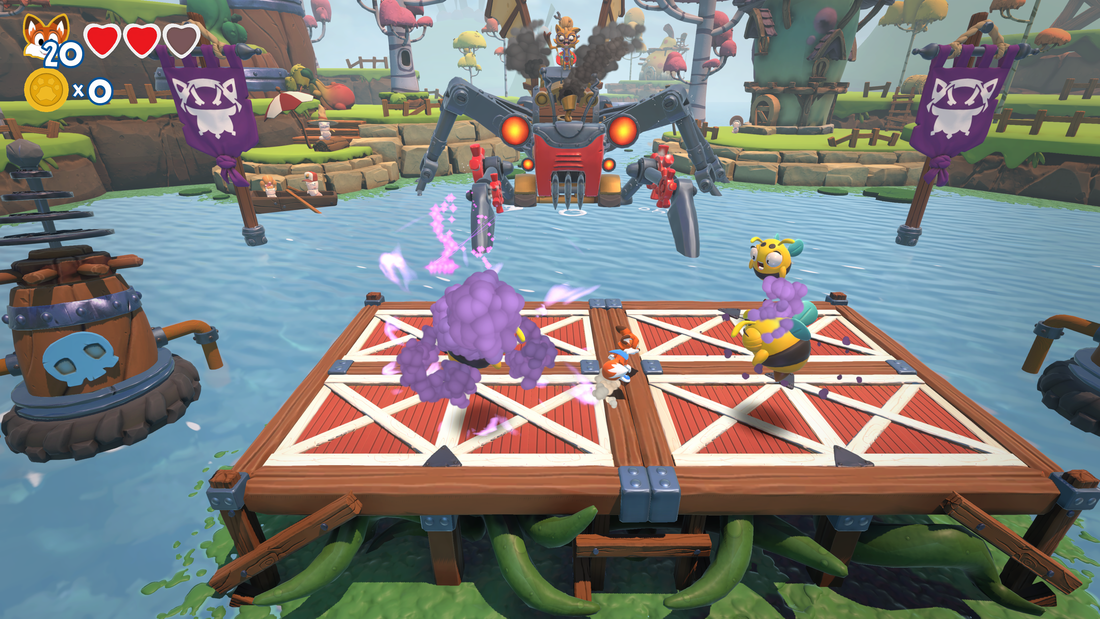
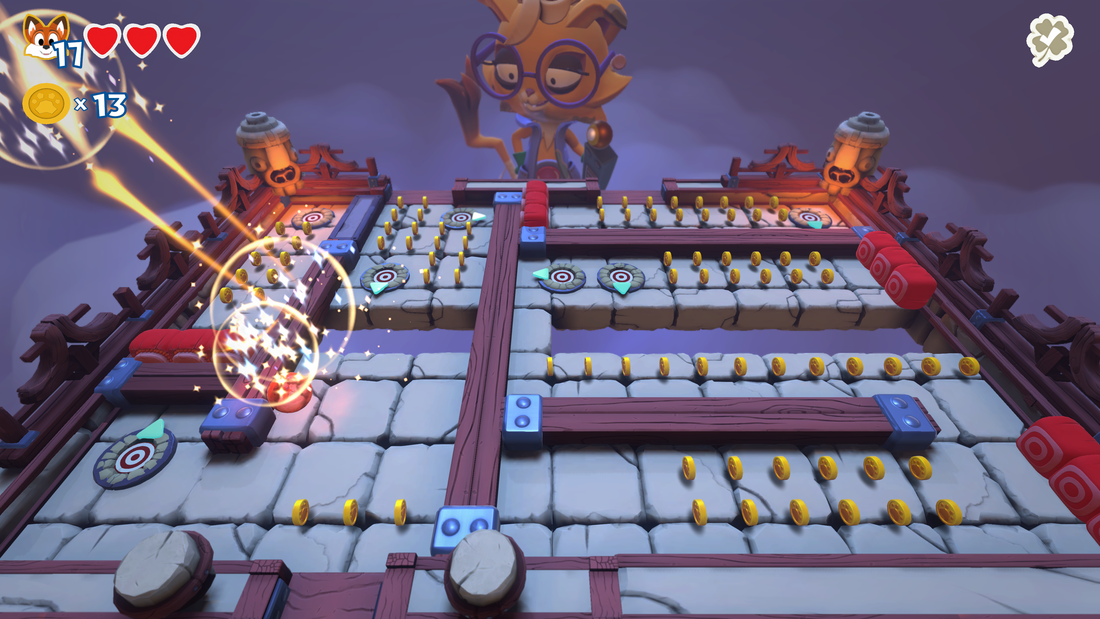
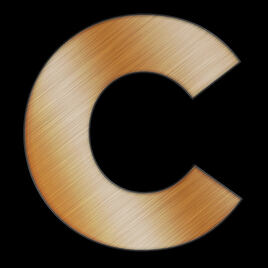
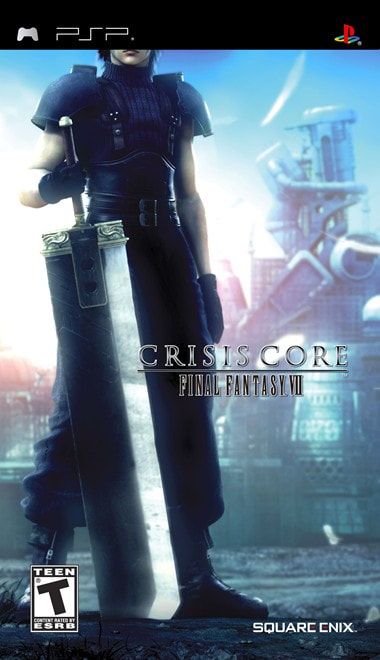
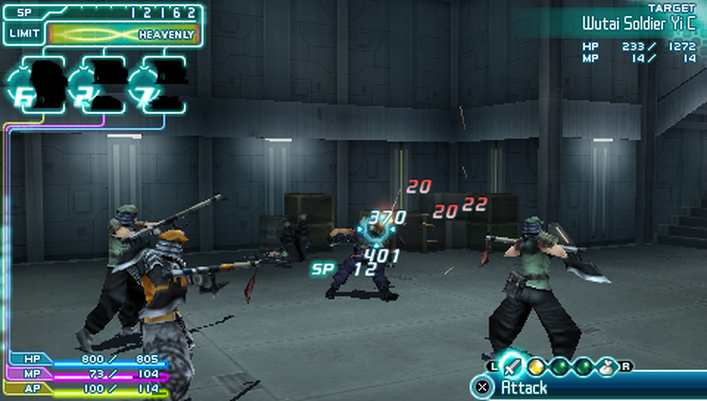
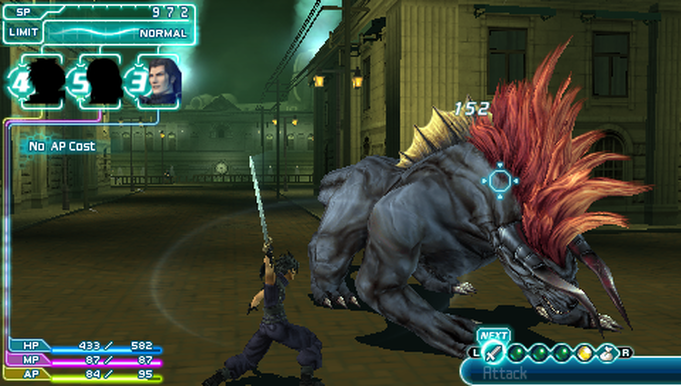
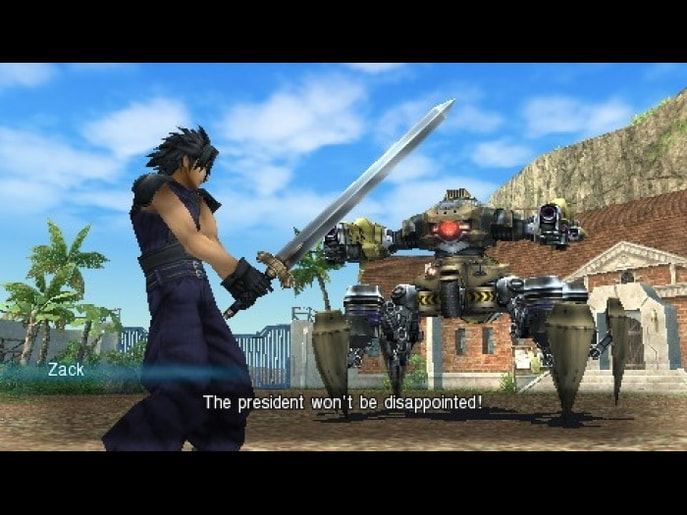
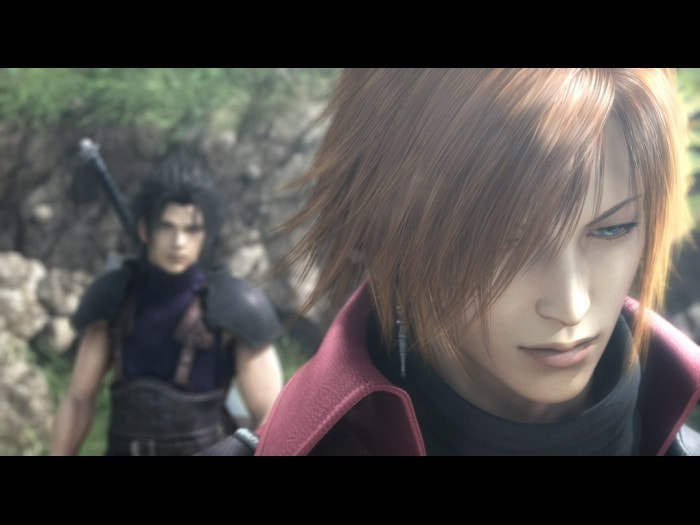
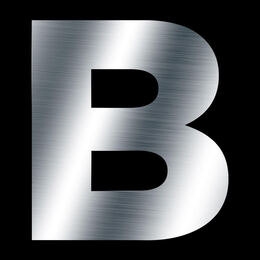
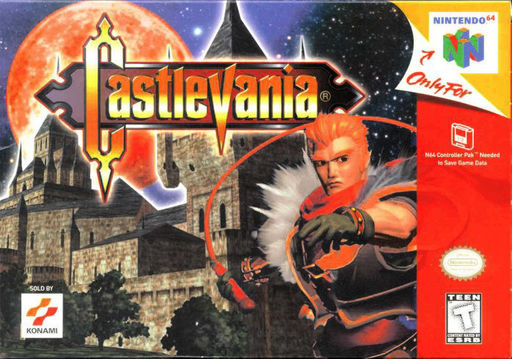
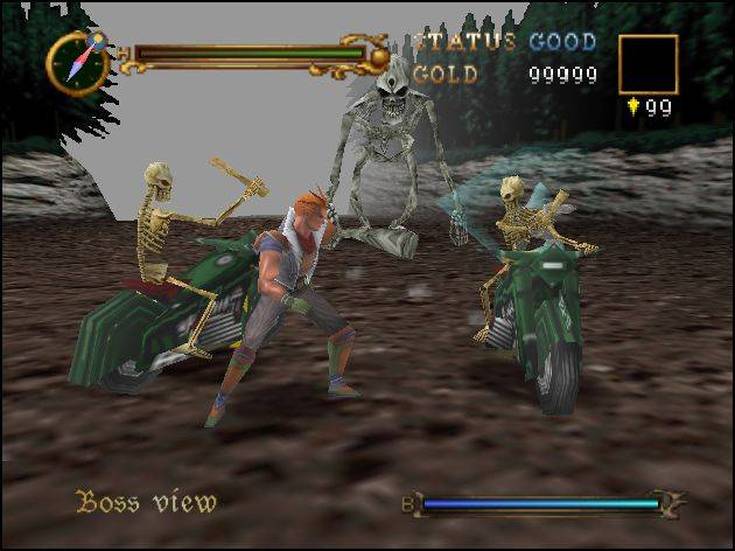

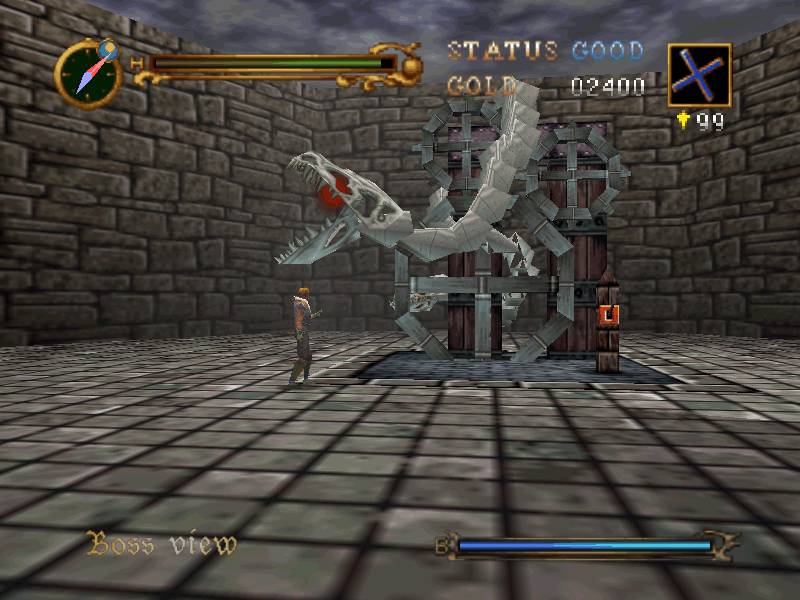
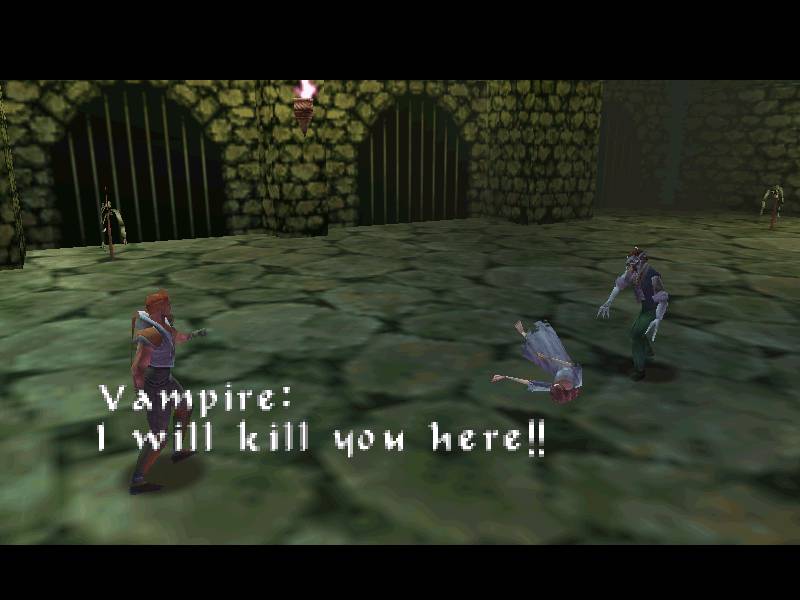
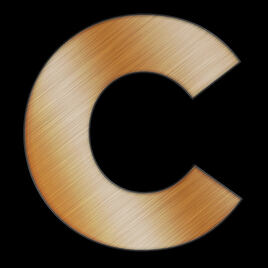
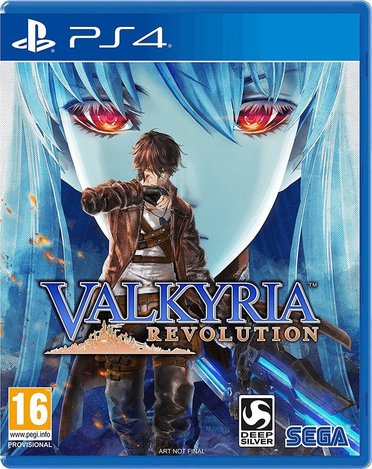
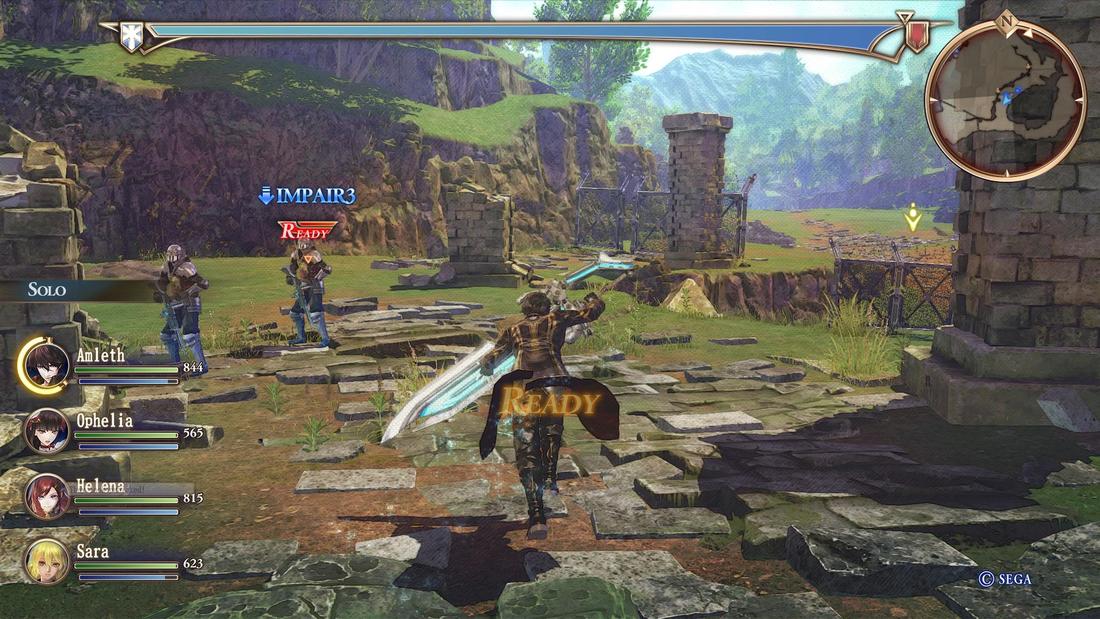
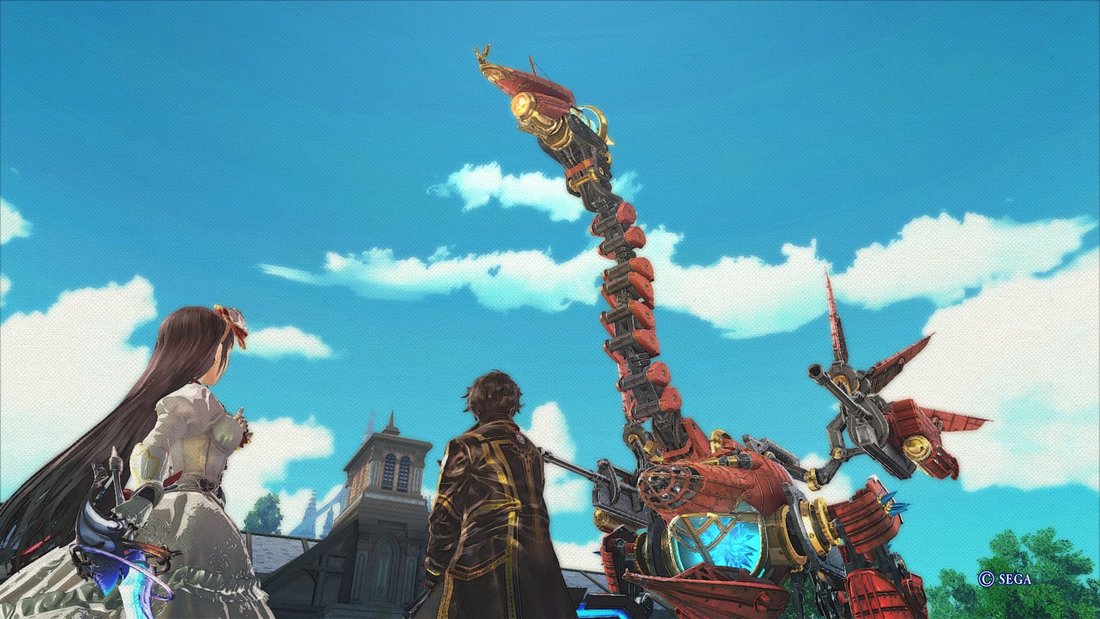

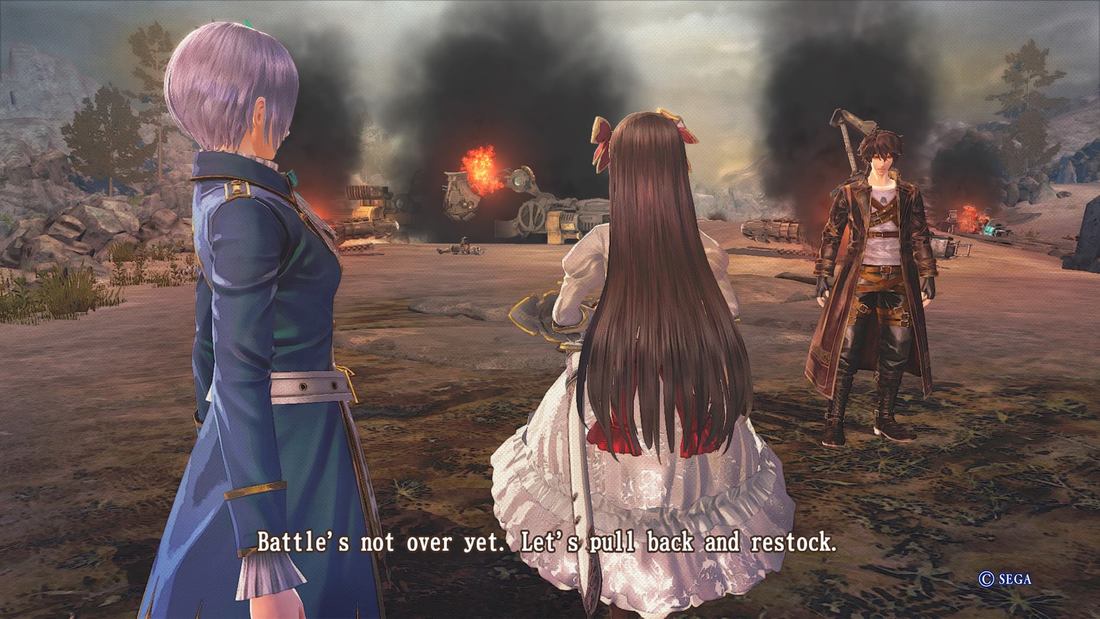
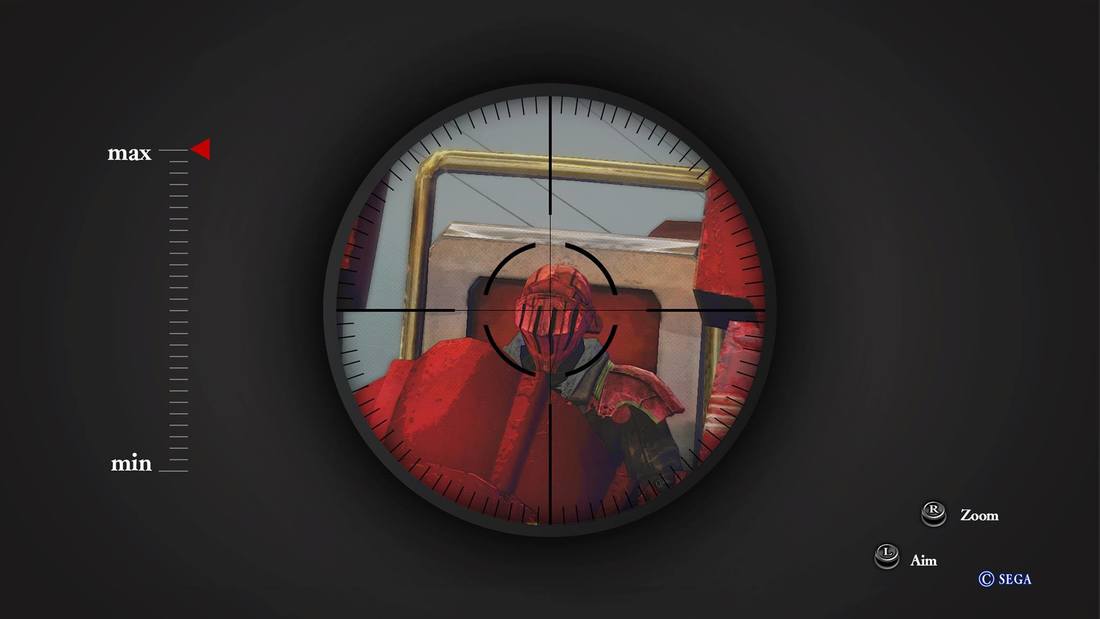

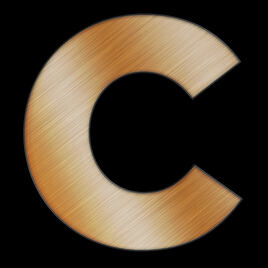
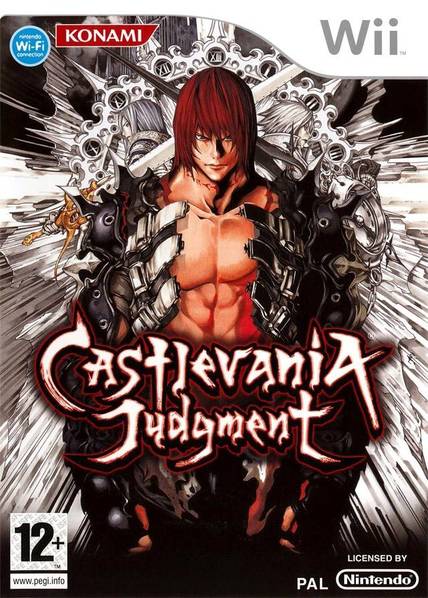
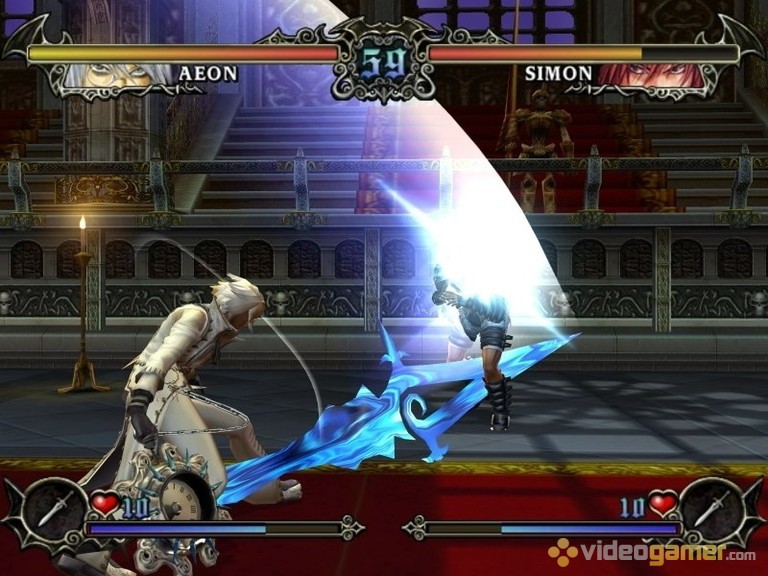
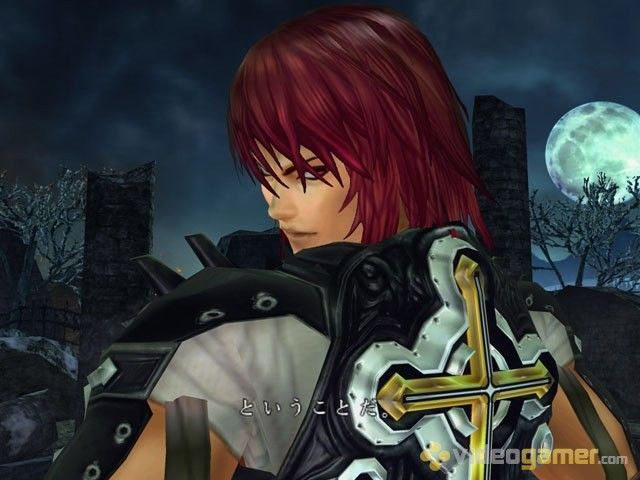

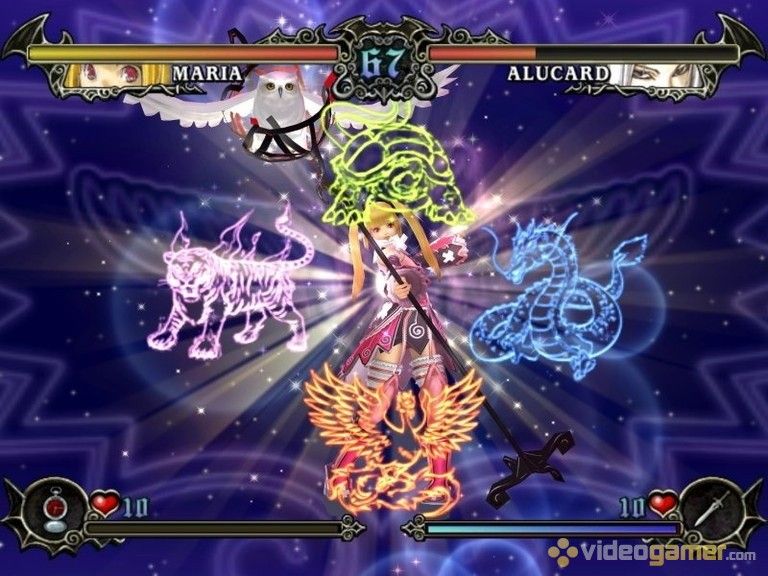
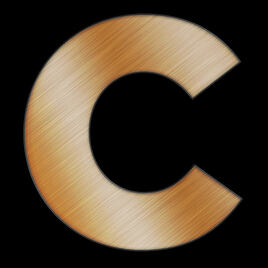
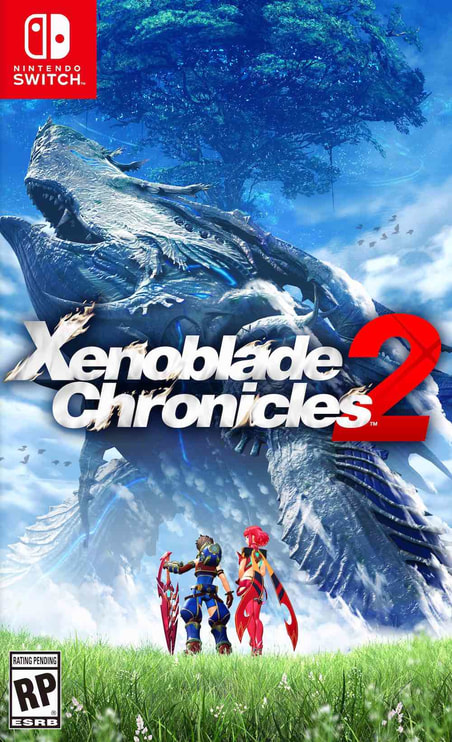
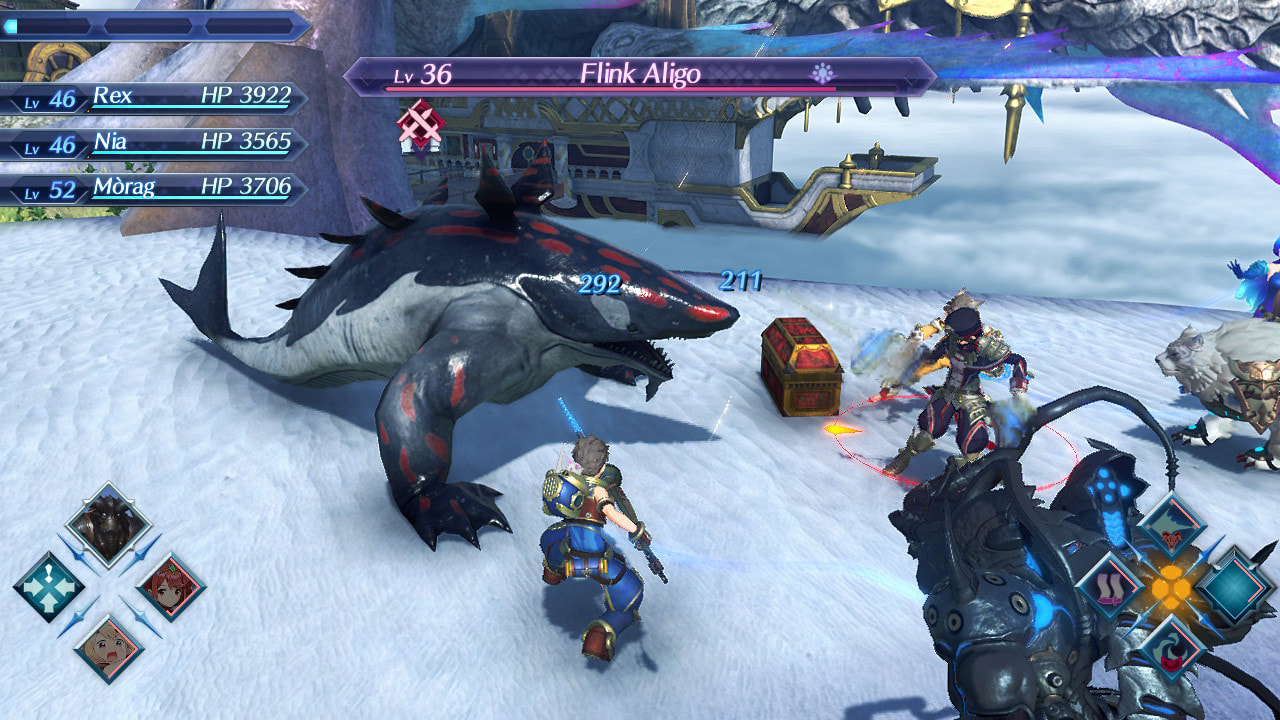

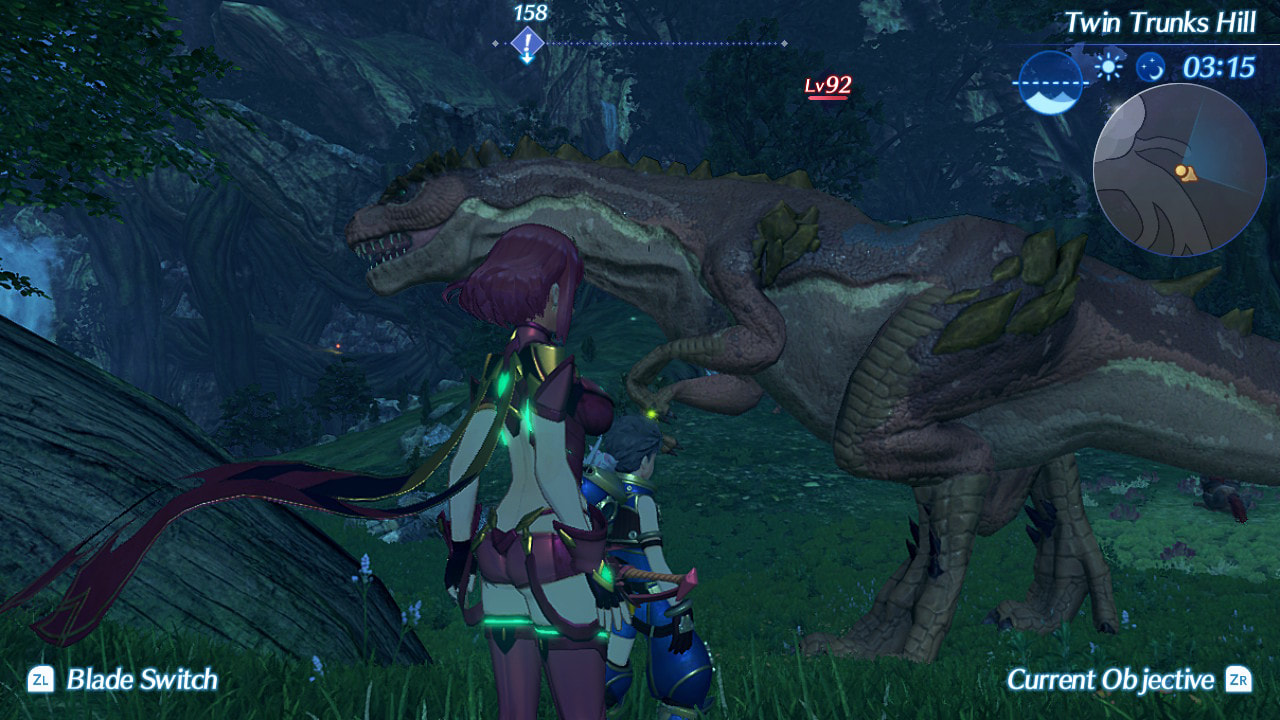
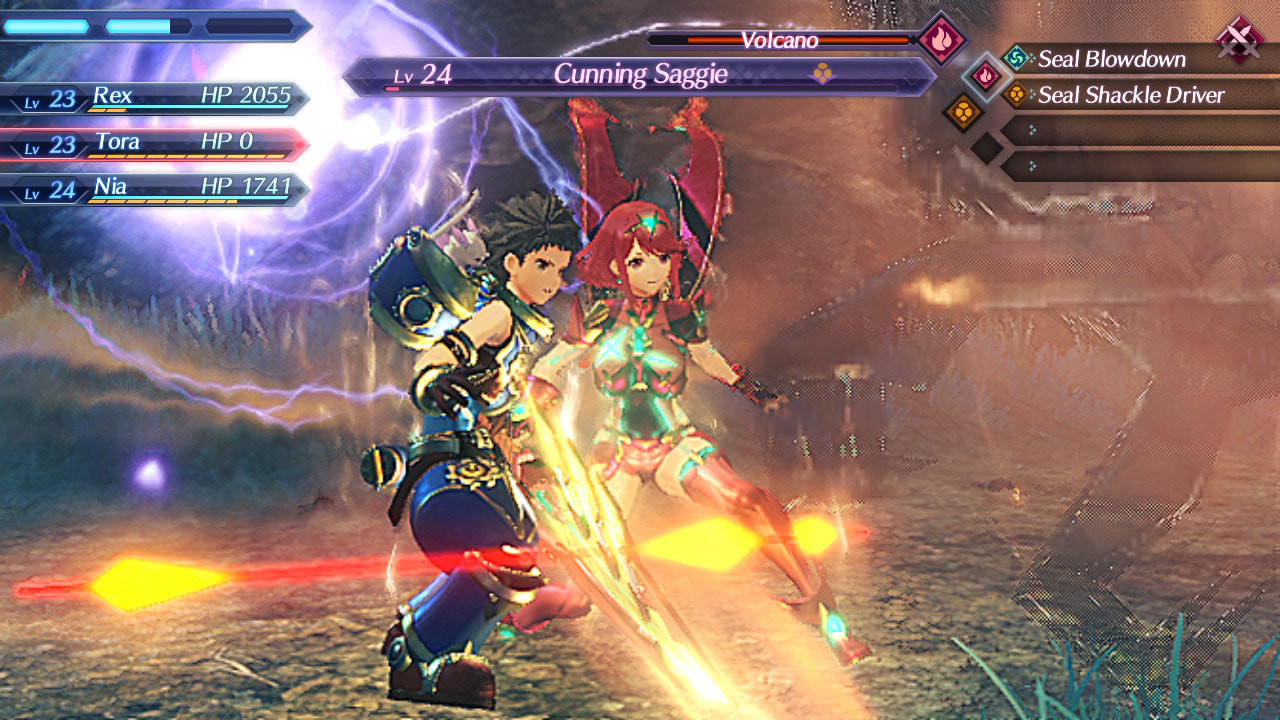
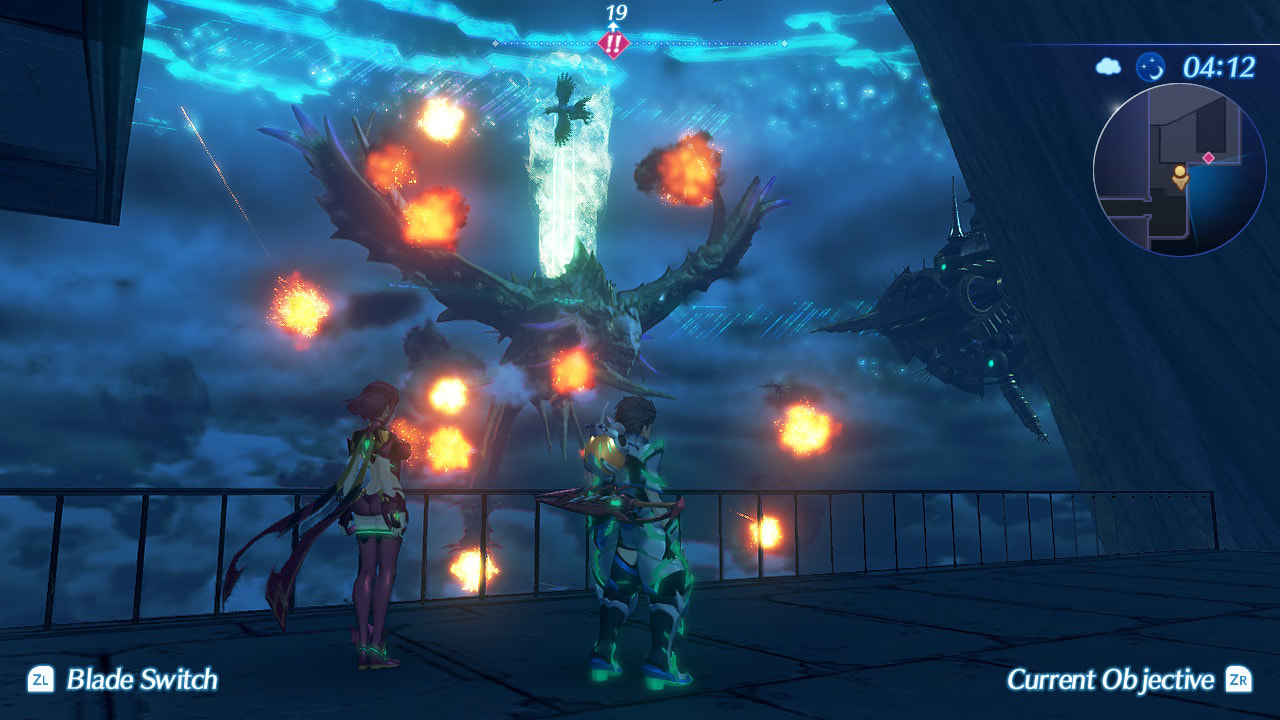
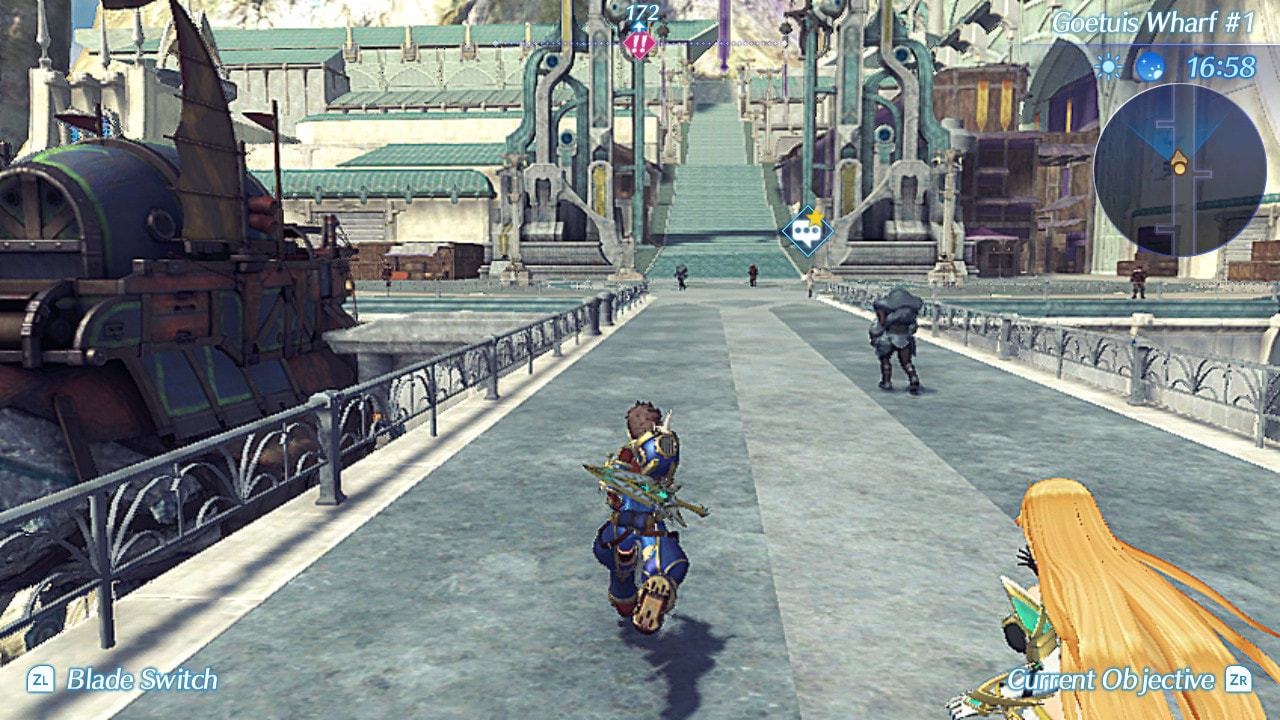


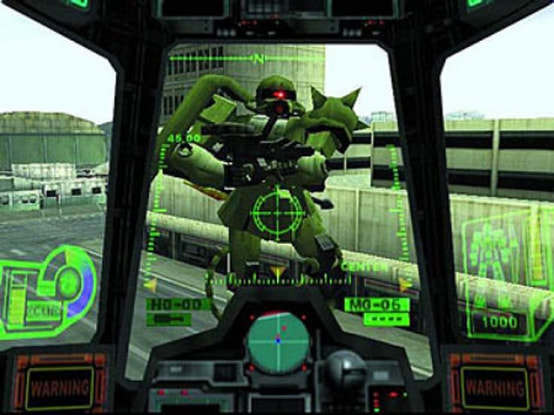
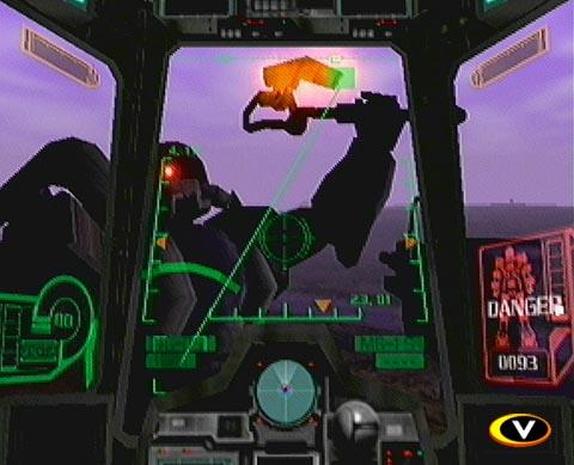

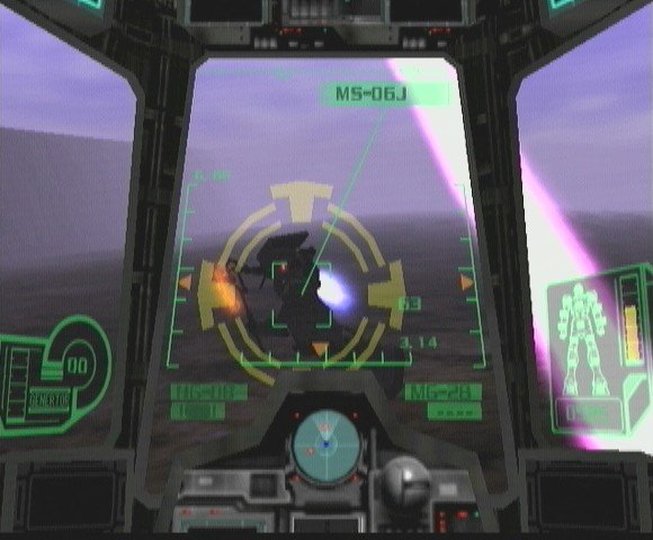
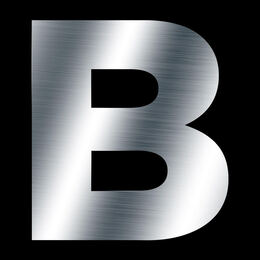
 RSS Feed
RSS Feed
